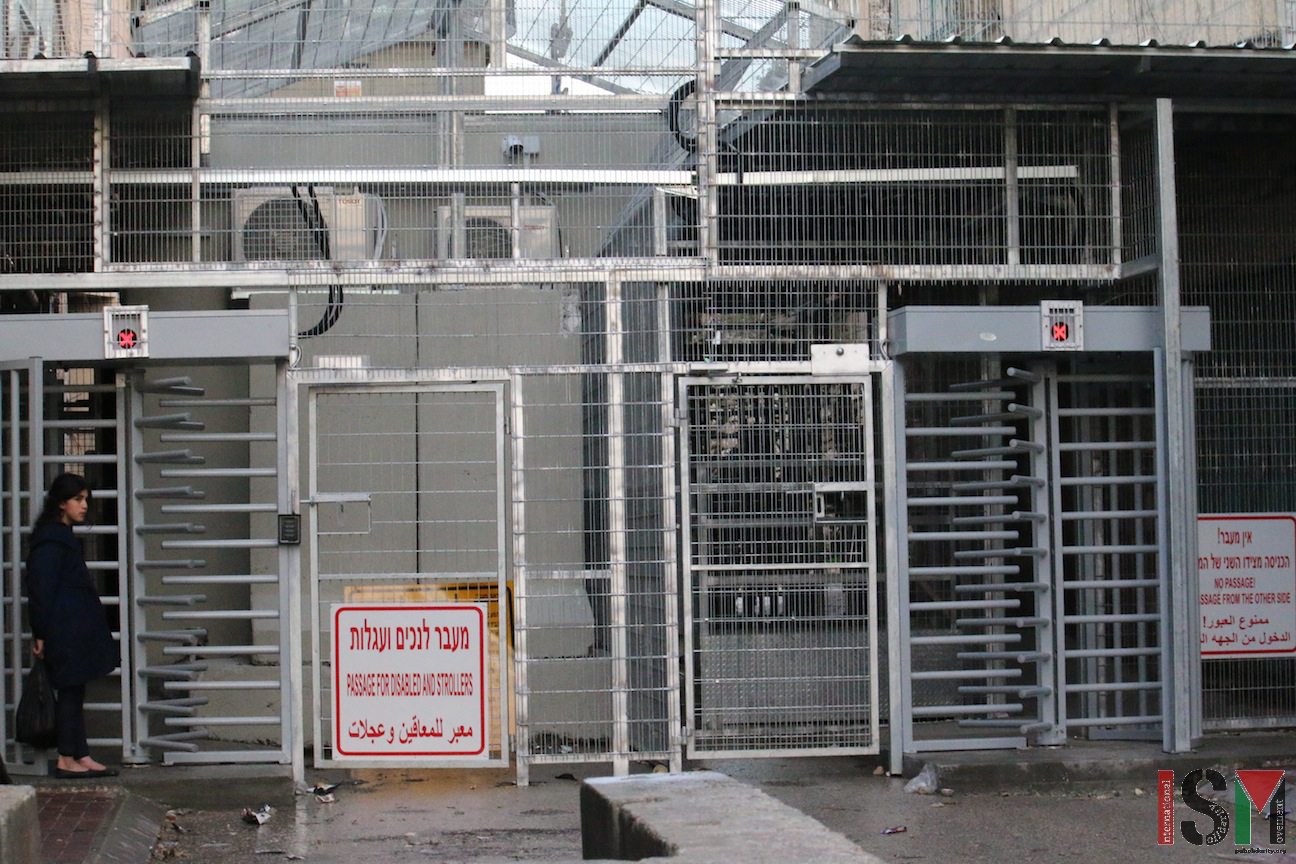-
Ongoing colonization in Hebron: Israeli forces prepare the illegal invasion of Palestinian houses by Israeli settlers
3rd February 2016 | International Solidarity Movement, al-Khalil team | Hebron, occupied Palestine On February 3rd 2016, Israeli occupation forces violently opened the door of houses in the vicinity of the Ibrahimi mosque by cutting the door locks with a disk grinder, and then entered these houses. The houses are located in al-Sahla Street near […]
-
Support for political prisoner, Mohamad AlQueeq, after more than 70 days of hunger strike
4th Feburary 2016 | International Solidarity Movement, Gaza Team | Gaza, occupied Palestine Yesterday there were several events in Gaza supporting the Palestinian political prisoner Mohamed AlQeeq, who is actually in the 72nd day of hunger strike and has lost his sight and hearing. Moataz Dalul, spokesman for the prisoners, stressed that “Mohamed AlQeeq is […]
-
CALL TO ACTION! Join Twitterstorm to #EndHebronMilitaryZone
Three months ago, in the wake of two extrajudicial executions committed by Israeli forces in Tel Rumeida, Israeli military authorities forced Palestinians living in the neighborhood to register and receive numbers in order to be allowed to reach their homes. Everyone else, including family members, media and Palestinian and international human rights defenders are barred […]
Action Alert An Nabi Saleh Apartheid Wall Arrests BDS Bethlehem Bil'in Cast Lead Demonstration Denial of Entry Ethnic Cleansing Farmers Gaza Global Actions Hebron House Demolition International law Israeli Army Jerusalem Live Ammunition Nablus Ni'lin Prisoner Ramallah Rubber-coated steel bullets Settlement Settlers Settler violence Tear-Gas Canister Video



